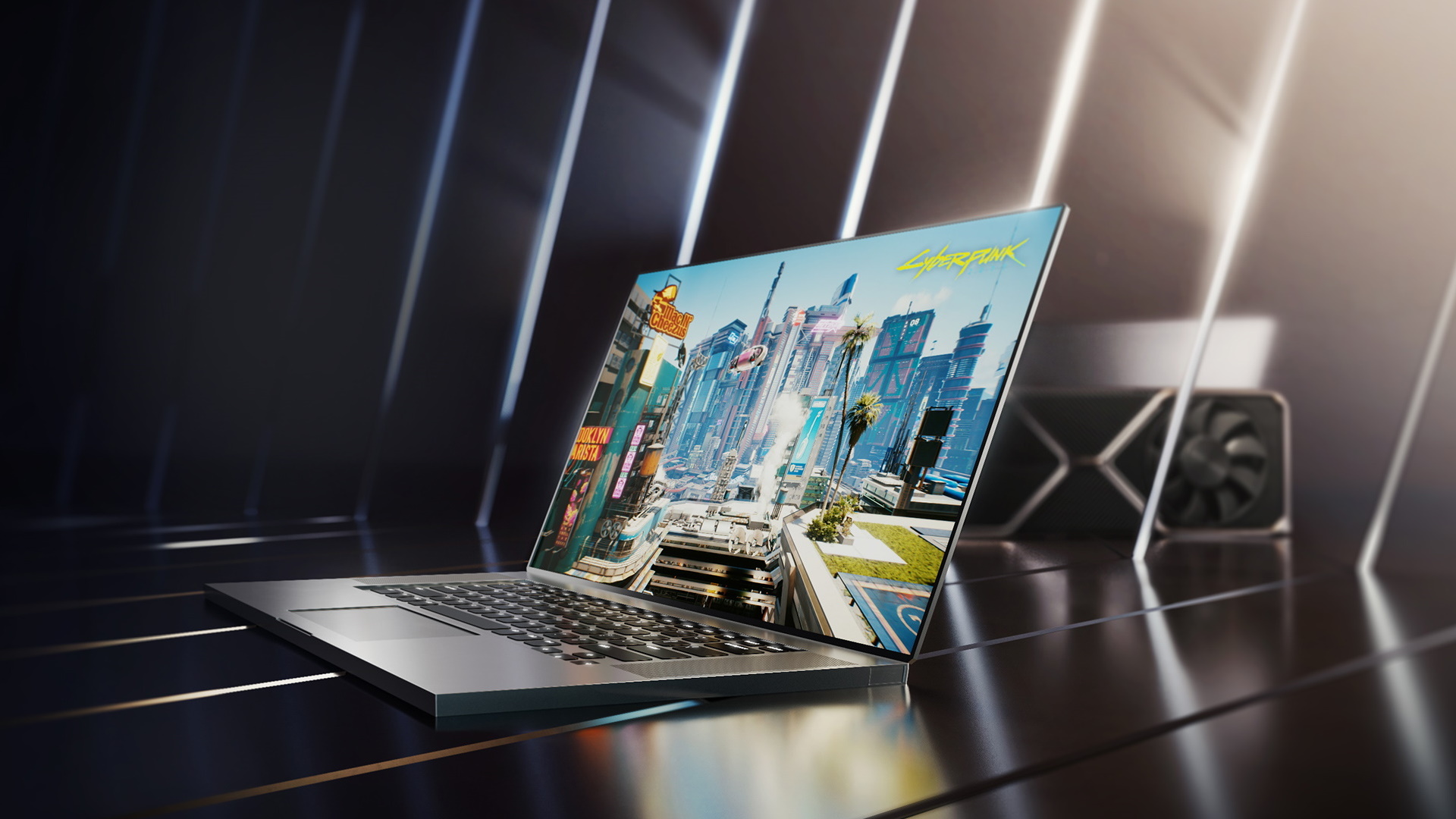With 28 flavours, graphics card names mean almost nothing for next-gen Nvidia gaming laptops
Baffling array of clock speeds and TDPs makes choosing an RTX 30 Series mobile GPU a potentially tough task.

Beware branding when it comes to Nvidia’s new GeForce RTX 30 series mobile GPUs for gaming laptops, including the RTX 3060, RTX 3070 and RTX 3080. And take careful note of detailed specifications including clock speeds and TDP ratings. That’s the take away from a list of mobile RTX 30 Series GPUs acquired by ComputerBase.
All told there are 28 variants representing dramatic differences in specs including TDP and clock speed across the three tiers of GPU and various vanilla and Max-Q branded models.
The overall upshot? The fastest variant of the entry-level RTX 3060 mobile GPU is comparable with the bottom end of the RTX 3080 Max-Q tier for raw graphics processing.
By way of example, do the maths and the highest clocked RTX 3060 is good for 9.3TFLOPS while the slowest 3080 cranks out 9.6TFLOPS. The gap is a little bigger if you compare throughput at boost clocks. Factors like Dynamic Boost, which can add additional performance headroom, complicate matters further.
But get this. If you then compare the fastest RTX 3080 with the slowest RTX 3060, the figures are 16.6TFLOPS and 6.3TFLOPS. In other words, depending on which RTX 3060 and 3080 variants you pick, the gap might be very narrow. Or it might be 2.5 times the raw performance.

Best CPU for gaming: the top chips from Intel and AMD
Best graphics card: your perfect pixel-pusher awaits
Best SSD for gaming: get into the game ahead of the rest
Anyway, the overall implication is that even across fully three tiers of GPU, you can’t assume the premium branded chip is going to be dramatically faster. Our advice is to look a little closer than just the GPU, and plenty more startling figures will emerge.
Within the RTX 3060 range the lowest clocked RTX 3060 runs at 817MHz base and 1,282MHz boost, with a 60 watt TDP. The fastest RTX 3060? That’s a fully 115 watt GPU with 1,387MHz base and 1,792MHz boost clocks. That’s almost double the TDP and a 1.7x jump in base clock.
The biggest gaming news, reviews and hardware deals
Keep up to date with the most important stories and the best deals, as picked by the PC Gamer team.
It’s a similar story for the RTX 3070 and RTX 3080 series options. Take the slowest RTX 3080 Max-Q chip. It clocks in at 780MHz base courtesy of an 80 watt TDP, while the fastest vanilla mobile RTX 3080 is good for 1,350MHz base clock and is rated at 150 watts TDP. Again, that’s nearly double the TDP and just over 1.7x higher base clock.
Of course, ever since Nvidia introduced its Max-Q GPUs, aimed at thinner and lighter gaming laptops, the range of available clock speeds and performance for a given mobile has been very broad. From the outgoing RTX 20 series generation, for instance, we regularly saw RTX 2070 laptops with comparable performance to RTX 2080 Max-Q models.
But with the new RTX 30 series, the lines between the tiers look even more blurred. Complicating things further, there’s no longer any direct link between the desktop and mobile variants. In other words, the RTX 3080 mobile is not based on the same silicon as the RTX 3080 desktop.
Overall, then, with the new RTX 30 series it’s more important that ever to pay close attention to specifics such as clock speed and TDP to get a clear picture of the kind of performance you can expect. Operating on the simple assumption, for instance, that an RTX 3070 will always be far faster than an RTX 3060 could leave you disappointed.

Jeremy has been writing about technology and PCs since the 90nm Netburst era (Google it!) and enjoys nothing more than a serious dissertation on the finer points of monitor input lag and overshoot followed by a forensic examination of advanced lithography. Or maybe he just likes machines that go “ping!” He also has a thing for tennis and cars.

